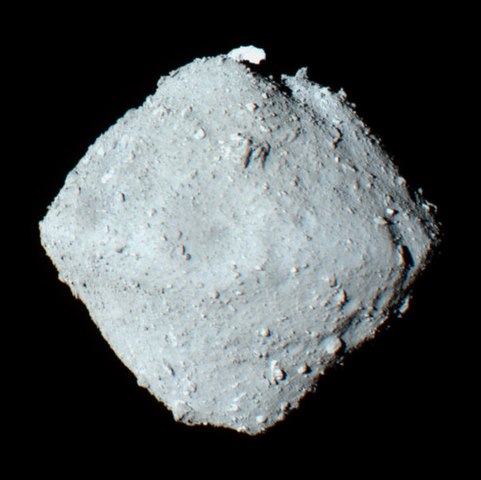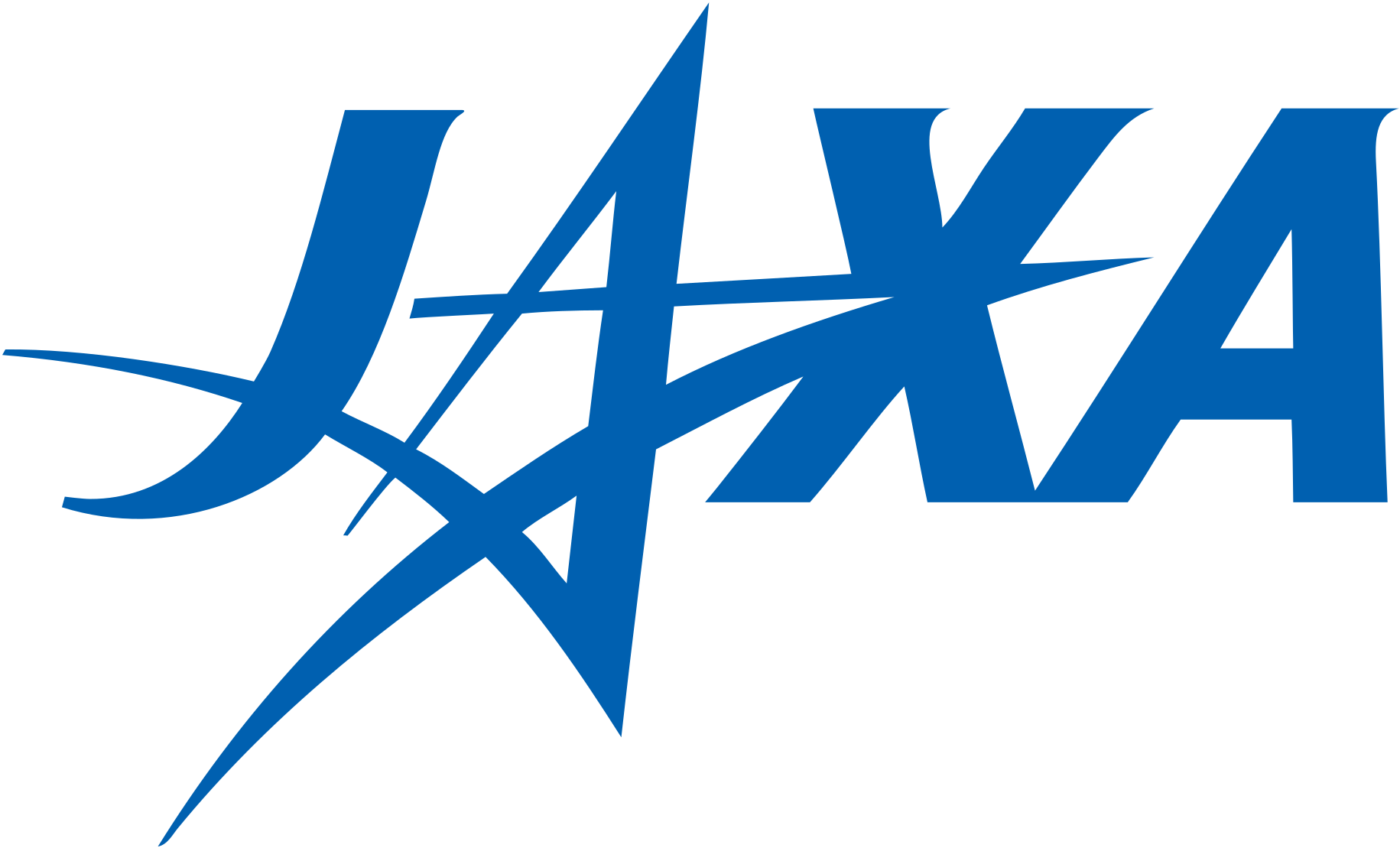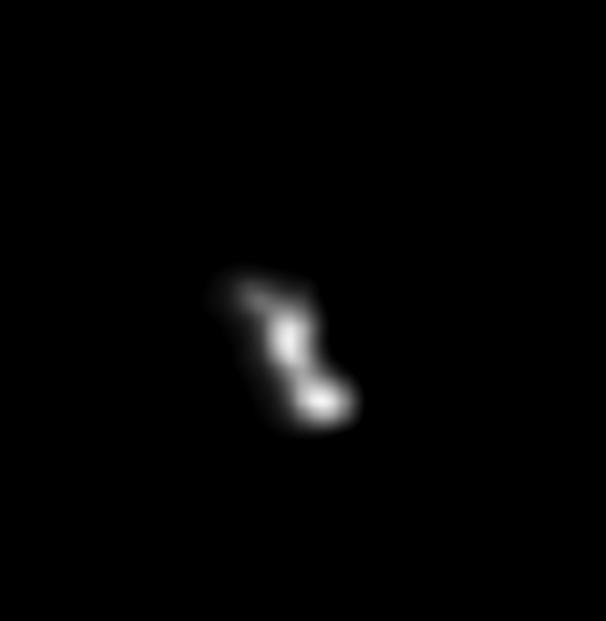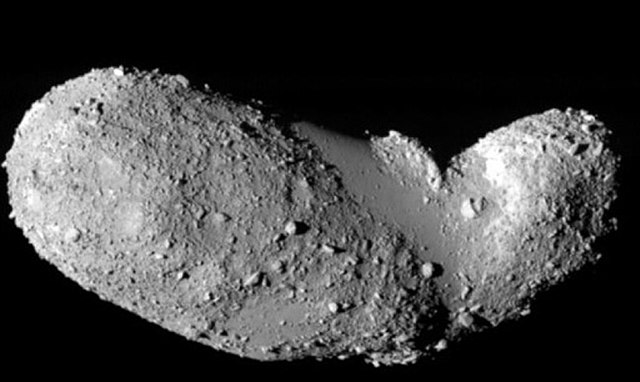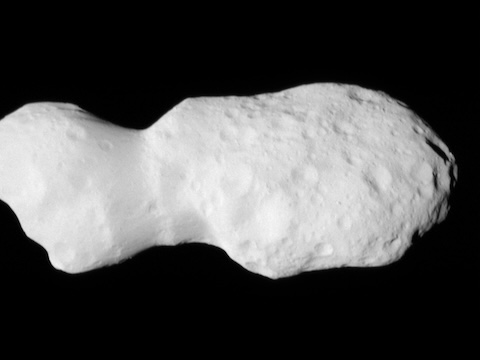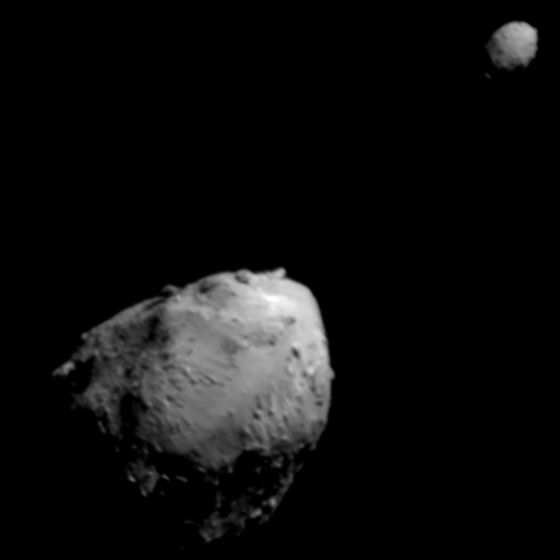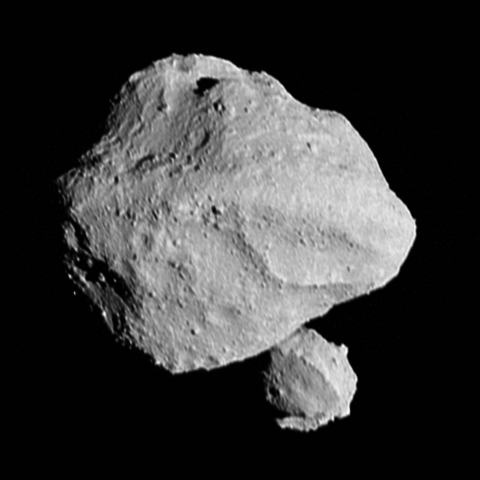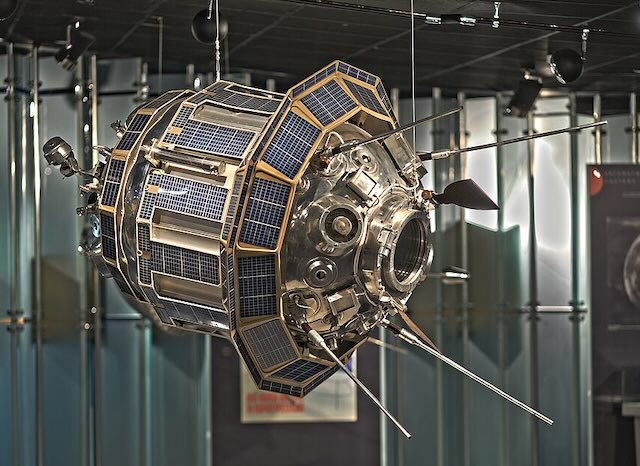1 day / second
0.5 AU
162173 Ryugu
Asteroid
A small, diamond-shaped carbonaceous asteroid that was visited by Japan's Hayabusa2 spacecraft in 2018-2019, which revealed a rocky surface scattered with large boulders and collected samples that were successfully returned to Earth.
Key Facts
orbital regime | Inner System |
learn more | Wikipedia |
mass | 4.5000e+11 kg |
radius | 0.448 km |
hill radius | 60.892 km |
semi-major axis | 1.19 AU |
eccentricity | 0.19 |
inclination | 5.884º |
longitude of the ascending node | 251.62º |
argument of periapsis | 211.43º |
orbital period | 1.297 years |
discovery date | May 10, 1999 |
discovered by | Lincoln Near-Earth Asteroid Research (LINEAR) |
name origins | Named after Ryūgū-jō, an underwater dragon palace in Japanese folklore |
dimensions | 0.896 kilometers in diameter |
material composition | C-type asteroid |
albedo | 0.045-0.06 |
density | 1.19 g/cm³ |
Gallery
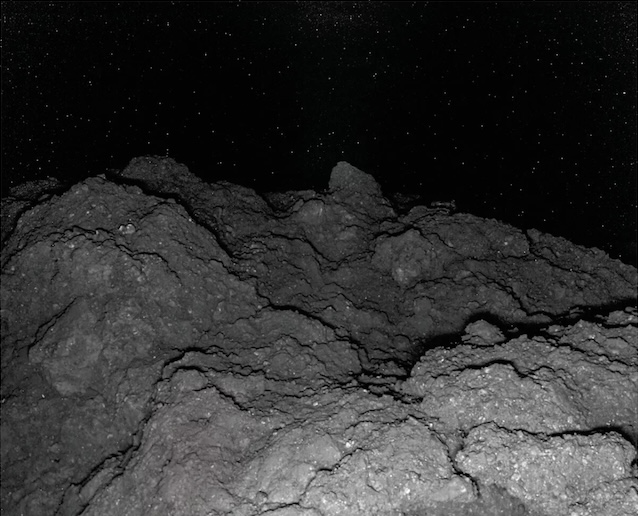
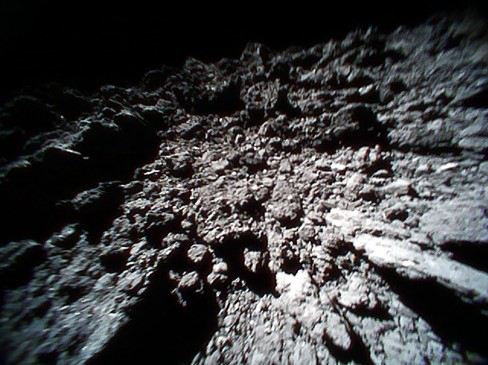
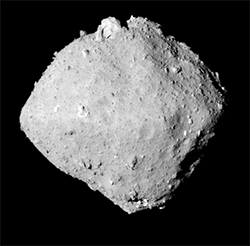
Spacecraft Visits
Hayabusa2
Orbiter
Launched in 2014, entered orbit in 2018
Hayabusa2 rendezvoused with Ryugu on June 27, 2018, entering a stable orbit and deploying four surface rovers before successfully collecting samples through two touch-and-go maneuvers that created artificial craters on the asteroid's surface.
